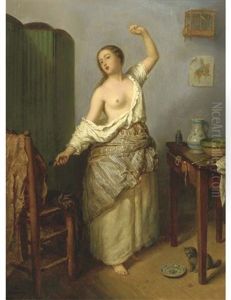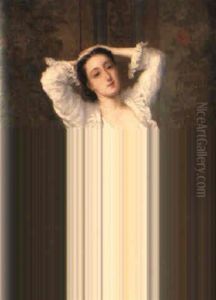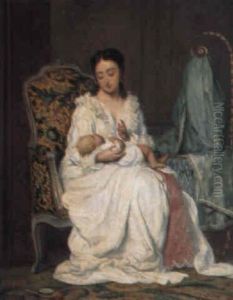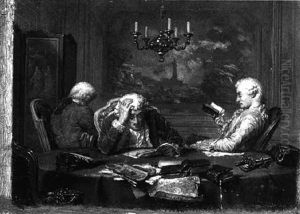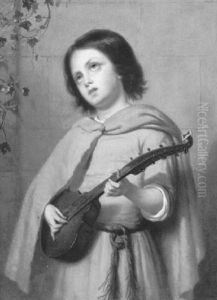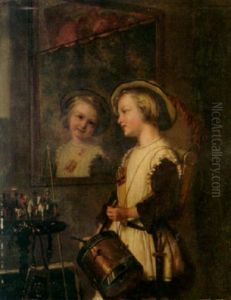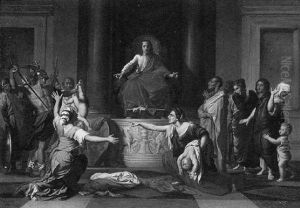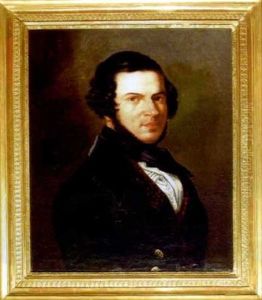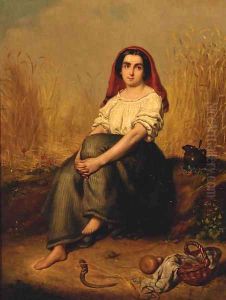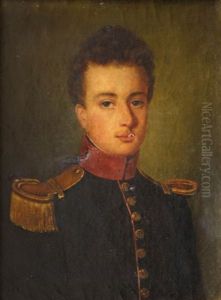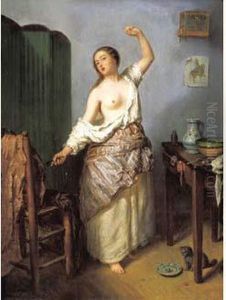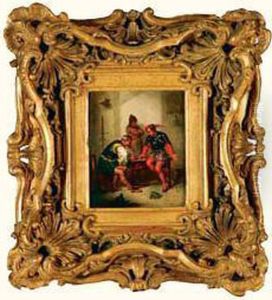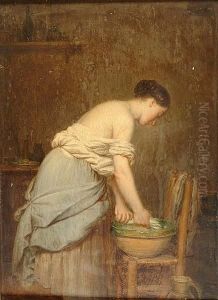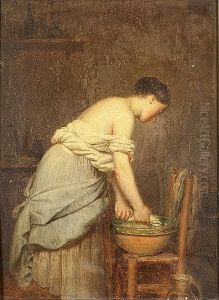Adolphe Henri Dubasty Paintings
Adolphe Henri Dubasty, also known as Adolphe D'Hastrel, was a French painter and lithographer born on April 3, 1814, in Paris, France. Dubasty studied under prominent artists such as Ingres and Delacroix, which helped him develop a unique style that blended classical techniques with romantic sensibilities. Despite the influences of his mentors, Dubasty's work is not widely recognized in the canon of 19th-century French art, and as a result, detailed records of his life and work are sparse compared to his contemporaries.
In his early career, Dubasty gained attention for his lithographs and illustrations, which were often featured in popular periodicals of the time. His lithographic works were known for their clarity and attention to detail, which made them sought after for the illustration of books and journals. As a painter, Dubasty's subject matter varied, but he had a particular interest in historical scenes, portraits, and genre paintings that depicted everyday life with a romantic flair.
One of Dubasty's notable works is 'La mort de Watteau' (The Death of Watteau), which reflects his fascination with historical subjects and his ability to evoke emotion through his portrayal of the 18th-century French painter Antoine Watteau. Despite such notable works, Dubasty did not achieve the level of fame and recognition that some of his mentors and peers did during his lifetime.
Dubasty's later life is less documented, but it is known that he continued to work and exhibit his art. He passed away on May 9, 1884, in Paris. While Adolphe Henri Dubasty may not be a household name, his contributions to lithography and painting during the 19th century provide valuable insights into the era's art scene and the broader historical context in which he worked.
